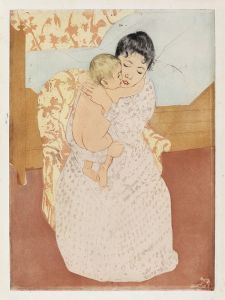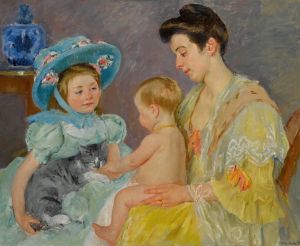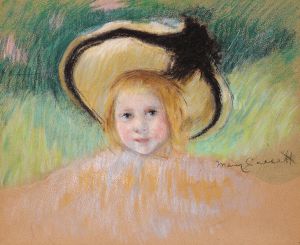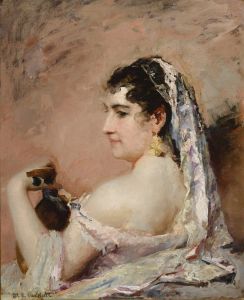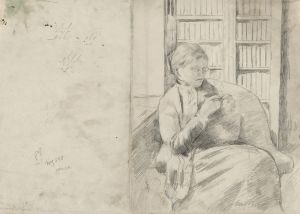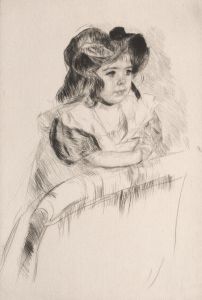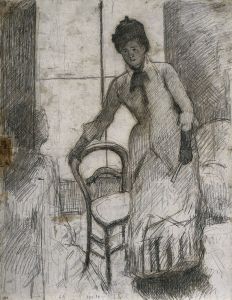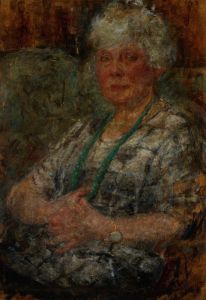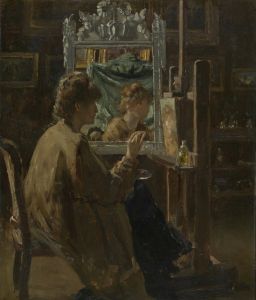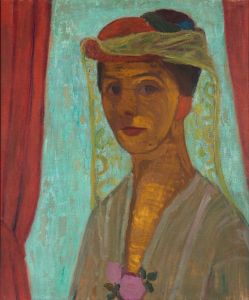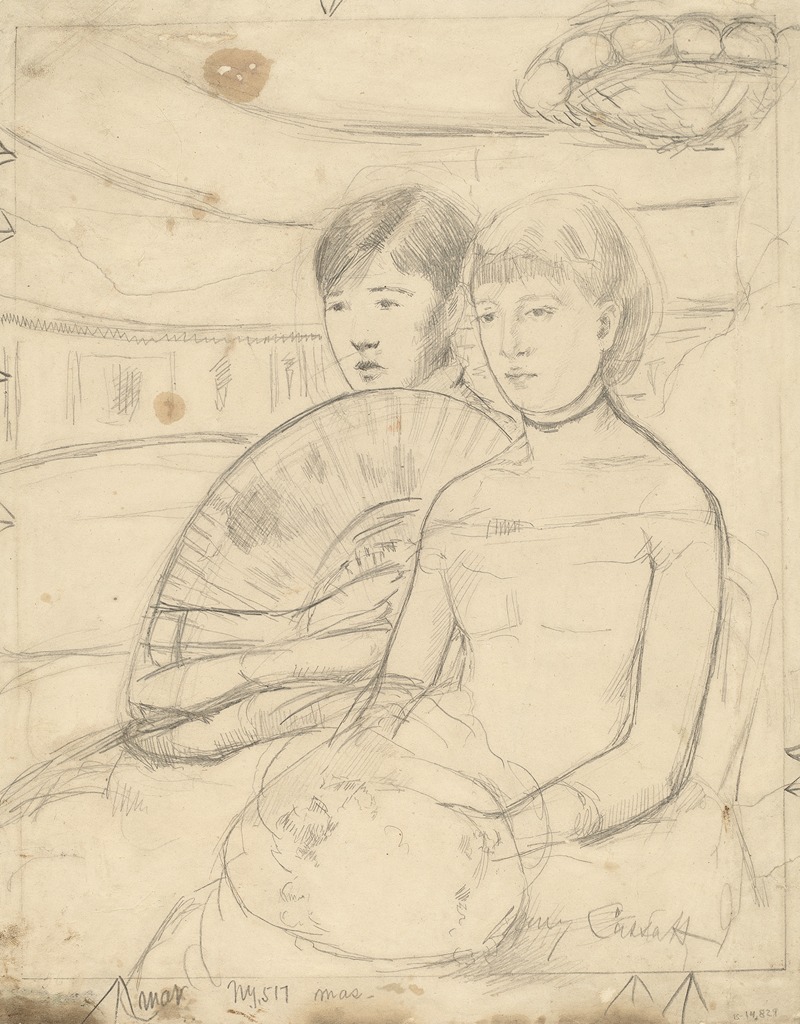
The Loge
A hand-painted replica of Mary Cassatt’s masterpiece The Loge, meticulously crafted by professional artists to capture the true essence of the original. Each piece is created with museum-quality canvas and rare mineral pigments, carefully painted by experienced artists with delicate brushstrokes and rich, layered colors to perfectly recreate the texture of the original artwork. Unlike machine-printed reproductions, this hand-painted version brings the painting to life, infused with the artist’s emotions and skill in every stroke. Whether for personal collection or home decoration, it instantly elevates the artistic atmosphere of any space.
Mary Cassatt's painting "The Loge" is a notable work by the American Impressionist artist, created in 1882. Cassatt, who was born in Pennsylvania in 1844, spent much of her adult life in France, where she became an integral part of the Impressionist movement. Her work often focused on the private and social lives of women, and "The Loge" is a prime example of this thematic interest.
"The Loge" depicts a woman seated in a theater box, or loge, a setting that was a popular subject among Impressionist artists. The painting captures the experience of attending the theater, a fashionable social activity in late 19th-century Paris. The woman in the painting is elegantly dressed, reflecting the importance of fashion and appearance in such social settings. She is shown holding a fan, a common accessory for women of the time, which adds to the sense of sophistication and elegance.
Cassatt's use of color and light in "The Loge" is characteristic of the Impressionist style. The painting features soft, muted tones and a focus on the effects of light, which help to convey the atmosphere of the theater. Cassatt's brushwork is loose and fluid, capturing the immediacy and movement of the scene. This technique allows her to convey the textures of the woman's clothing and the plush interior of the theater with a sense of realism and vibrancy.
The composition of "The Loge" is carefully constructed to draw the viewer's attention to the central figure. The woman's gaze is directed out of the frame, suggesting her engagement with the performance or the audience, and inviting viewers to consider what she might be observing. This element of the painting reflects Cassatt's interest in the inner lives and experiences of her subjects, a theme that runs throughout her work.
Mary Cassatt was one of the few American artists to be closely associated with the Impressionists, and she exhibited with them in several of their group shows. Her work was well-received in France, and she played a significant role in introducing Impressionism to American audiences. "The Loge" exemplifies her ability to capture the nuances of modern life and the subtle interactions between individuals and their environments.
Today, "The Loge" is recognized as an important work in Cassatt's oeuvre, showcasing her skill in portraiture and her innovative approach to depicting contemporary life. The painting is held in the collection of the Philadelphia Museum of Art, where it continues to be appreciated by audiences for its artistic and historical significance. Through works like "The Loge," Mary Cassatt has secured her place as a pioneering figure in the history of art, celebrated for her contributions to the Impressionist movement and her insightful portrayals of women in society.






